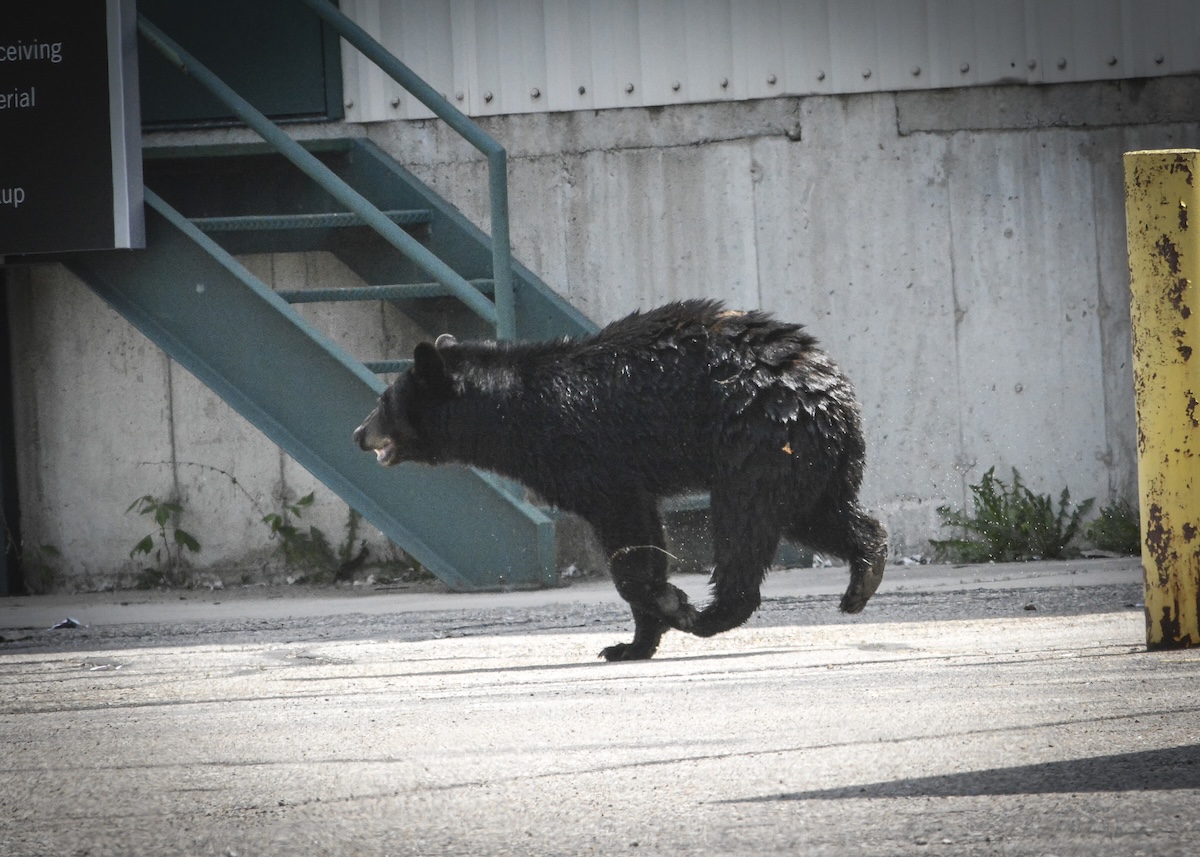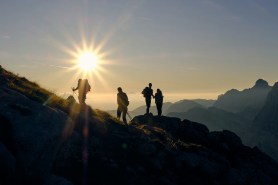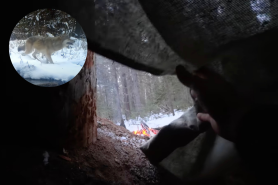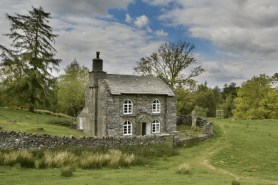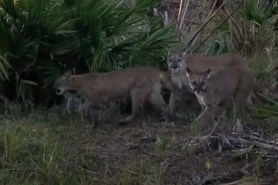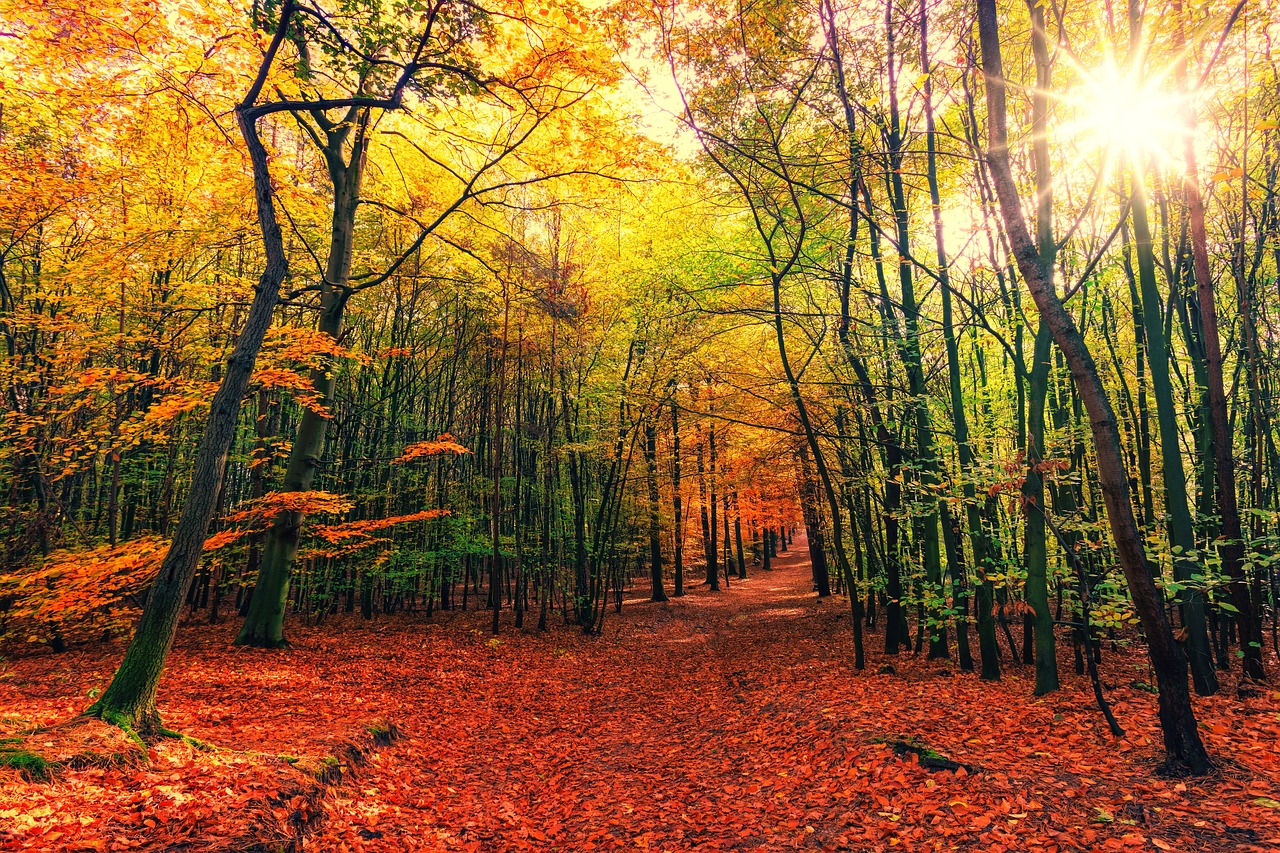

Ever find yourself wandering around the forest on a hike, and wondering to yourself: what’s the difference between deciduous and coniferous trees?
Videos by Outdoors
At the most general, they are two distinct types of trees that have unique characteristics.
Here are five of the major differences between them:
1. Lifecycle
Deciduous Trees: These trees are also known as broadleaf trees because they have large, flat leaves. They undergo a cycle of changing colors and dropping their leaves in the fall, and re-growing them in the spring. This is a survival strategy for the winter months when water is scarce.
Coniferous Trees: Also known as evergreens, these trees keep their foliage year-round, hence the name “evergreen”. They do not shed all their leaves in the winter like deciduous trees. Instead, they lose and replace a few at a time throughout the year.
2. Leaves
Deciduous Trees: The leaves are usually broad and flat. They can come in various shapes and sizes. In fall, they change color and fall off the tree.
Coniferous Trees: The leaves of these trees are typically thin, needle-like or scale-like. These leaves are adapted to withstand harsh winter conditions.
3. Seeds
Deciduous Trees: The seeds of deciduous trees are often enclosed in a hard or soft shell, such as acorns from oak trees or apples from apple trees.
Coniferous Trees: The seeds are often found inside cones, which is why these trees are also known as conifers.
4. Wood
Deciduous Trees: The wood of deciduous trees is typically harder and denser than that of coniferous trees. This hardwood is often used in construction, furniture, and flooring.
Coniferous Trees: The wood from these trees, often referred to as softwood, is generally less dense and easier to cut. It is commonly used in construction, for making paper and in many types of manufacturing processes.
5. Location
Deciduous Trees: These trees are found in a variety of habitats worldwide, including both temperate and tropical climates.
Coniferous Trees: They are typically found in colder, northern latitudes, and at higher altitudes. They dominate the landscape in the taiga biome, which is characterized by cold, long winters.
There are some exceptions to these general points, but they hold true for most species within these two categories of trees.

